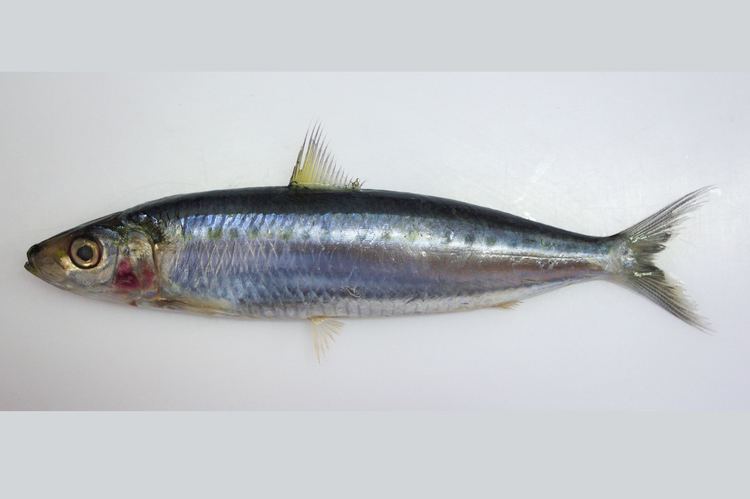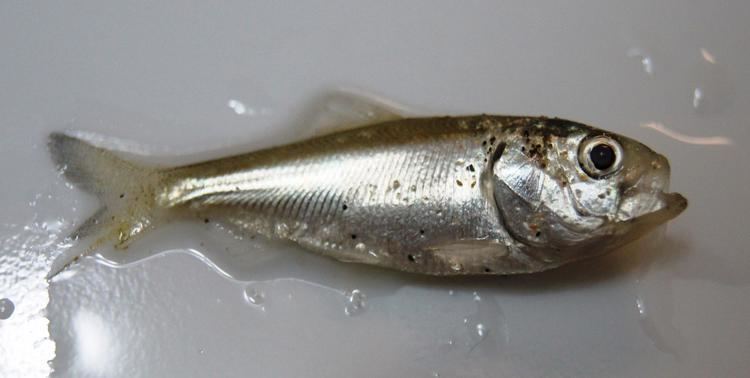Scientific name Clupeidae Phylum Chordata | Higher classification Clupeiformes Rank Family | |
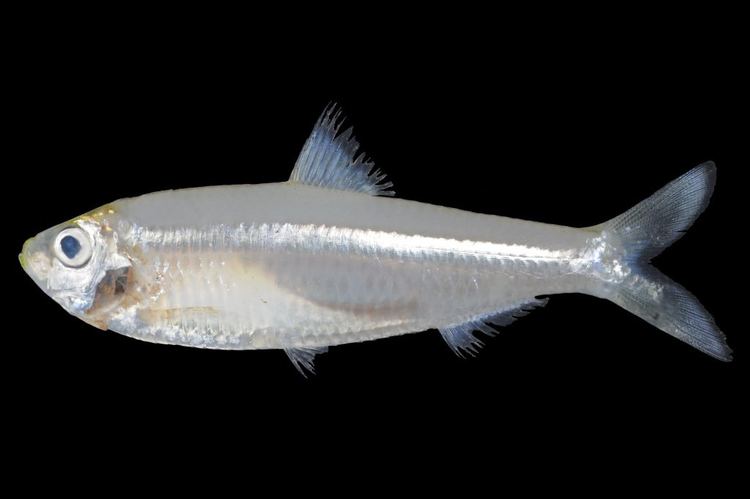 | ||
Lower classifications | ||
How to cooking big fish kona fish 8 kg fish cutting
Clupeidae is a family of ray-finned fishes, comprising, for instance, the herrings, shads, sardines, hilsa, and menhadens. The clupeids include many of the most important food fishes in the world, and are also commonly caught for production of fish oil and fish meal. Many members of the family have a body protected with shiny cycloid scales (very smooth and uniform scales), a single dorsal fin, with a fusiform body evolved for quick, evasive swimming and pursuit of prey composed of small planktonic animals. Due to their small size, and position in the lower trophic level of many marine food webs, the levels of methylmercury they bioaccumulate are very low, reducing the risk of mercury poisoning when consumed.
Contents
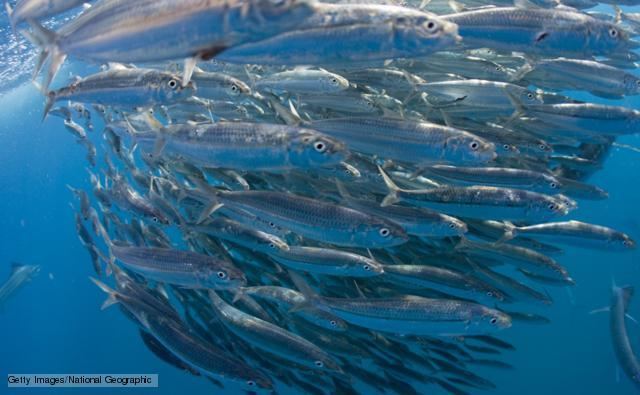
Description and biology
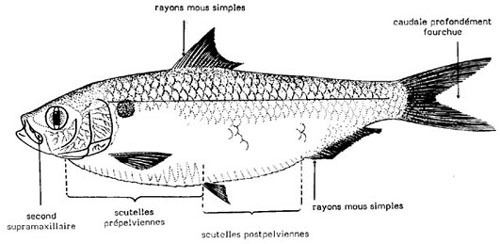
Clupeids are mostly marine forage fish, although a few species are found in fresh water. No species has scales on the head, and some are entirely scaleless. The lateral line is short or absent, and the teeth are unusually small where they are present at all. Clupeids typically feed on plankton, and range from 2 to 75 cm (0.8 to 30 in.) in length. The family arguably also contains the "Sundasalangidae", a paedomorphic taxon first thought to be distinct salmoniform family but then found to be deeply nested in Clupeidae. In the fossil record clupeids date back to the early Paleogene.
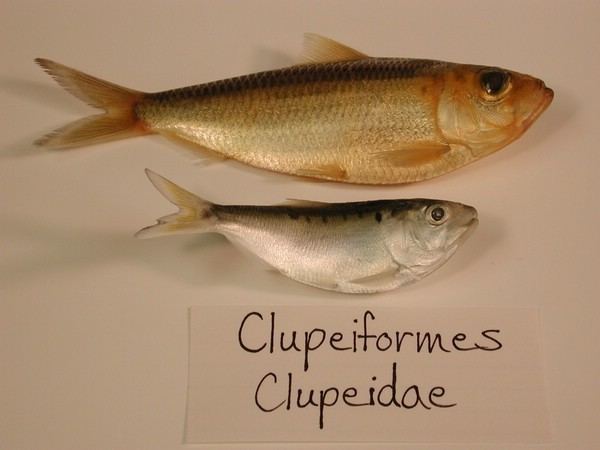
Clupeids spawn huge numbers of eggs (up to 200,000 in some species) near the surface of the water. After hatching, the larvae live among the plankton until they develop a swim bladder and transform into adults. These eggs and fry are not protected or tended to by parents. The adults typically live in large shoals, seeking protection from piscivorous predators such as birds, sharks and other predatory fish, tooth whales, marine mammals and jellyfish. They also form bait balls.<
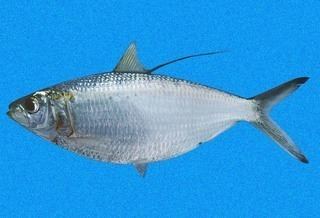
Commercially important species of Clupeidae include for instance the Atlantic menhaden (Brevoortia tyrannus), the Atlantic and Baltic herrings (Clupea harengus), the Pacific herring (C. pallasii) and the European pilchard or sardine (Sardina pilchardus).
The family currently comprises 54 genera and approximately 200 species.
